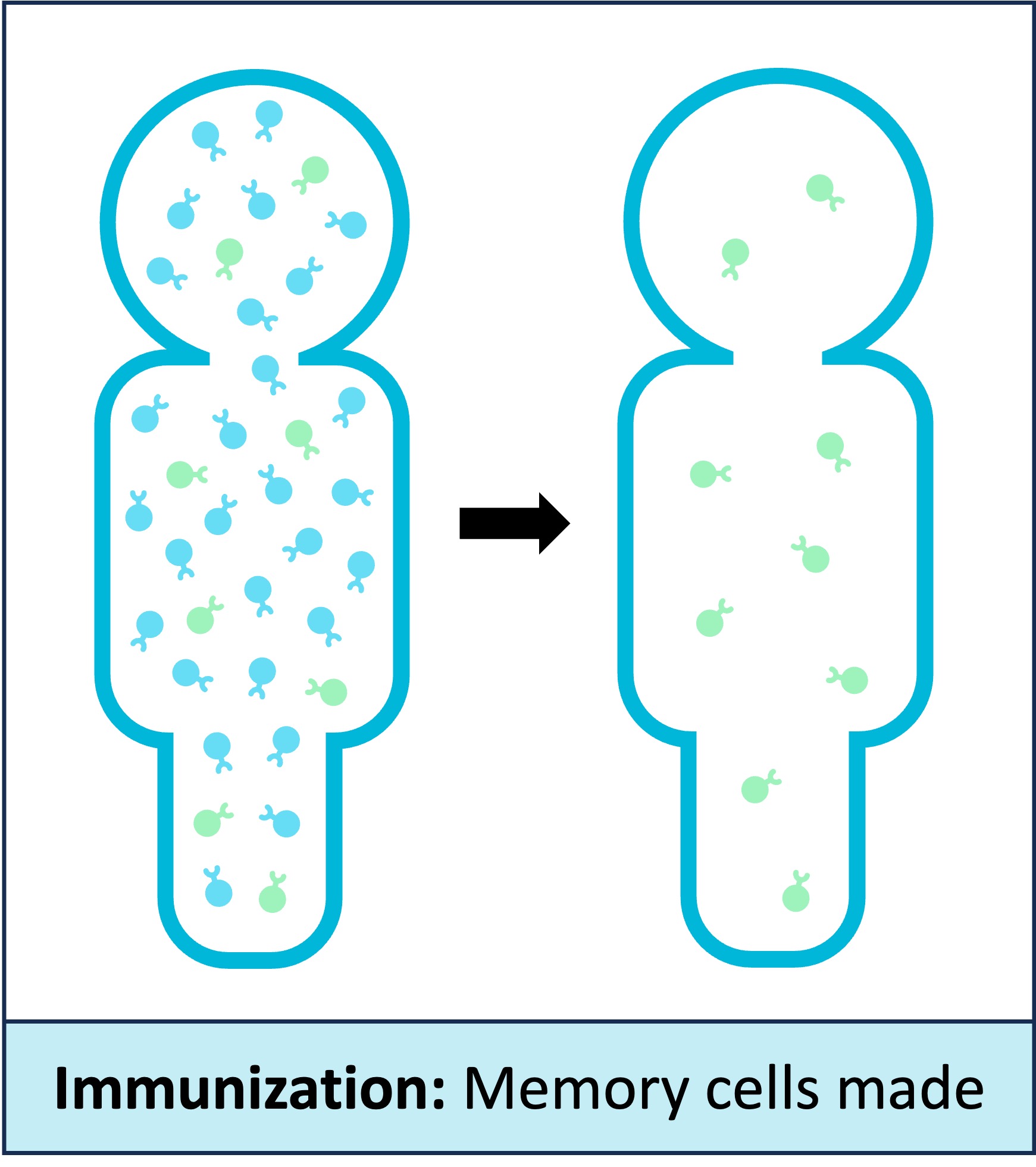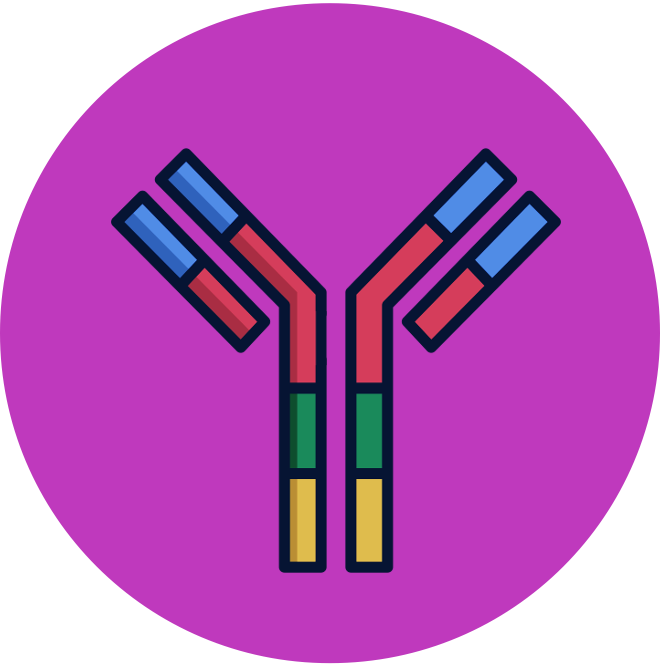

Vaccinations
A vaccine is a substance that is introduced to the body to confer long-term immunity against a specific infectious disease
-
Traditional vaccines consisted of an attenuated form of the pathogen that included specific antigenic determinants
-
Newer vaccines may instead include the nucleic acid sequences that code for the antigens (allowing the body to produce the antigenic fragments)
The body responds to an injected vaccine by initiating a primary immune response, which results in memory cells being made
-
When exposed to the actual pathogen, the memory cells trigger a more potent secondary immune response
-
As a consequence of this more potent immune response, disease symptoms do not develop (the individual is considered to be immune to pathogen)
The length of time a person is immune to infection following a vaccination depends on how long the memory cells survive for
-
Memory cells may not survive a lifetime and individuals may subsequently require booster shots to maintain immunity
-
Memory cells are long living and will survive in the body for many years, producing low levels of circulating antibodies
-
If a second infection with the same pathogen occurs, memory cells will react more vigorously to produce antibodies faster
-
As antibodies are produced faster, the pathogen cannot reproduce in sufficient amounts to cause disease symptoms
-
Hence, because pathogen exposure no longer causes the disease to occur, the individual is said to possess immunity
The initial reaction to a foreign pathogen is called the primary immune response, while the reaction to being reexposed to the same pathogen is called the secondary immune response
-
The secondary immune response will be faster and significantly more potent (greater antibody production) due to the presence of pre-existing memory cells
Immunological Memory






